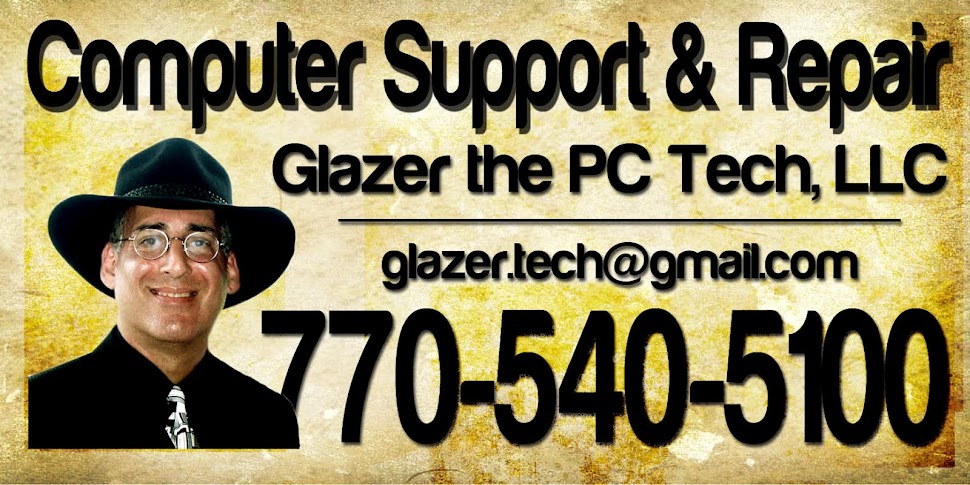
arthur@glazerthepctech.com

Not everyone checks their e-mail the same way. There are basically two types of e-mail: Web or cloud-based and client-based. Web mail includes Yahoo, MSN, Gmail and Hotmail. Client e-mail uses programs like Outlook, Outlook Express, Windows Mail, Thunderbird and Eudora.
Each has their own advantages and disadvantages. Most Web mails are free, as are some of the client-based programs. Some are sponsored with banners or taglines. With many of the Web mail offerings, you are limited to the amount of storage space and attachment size. Fast Mail, for example, has an ad-laden free version that limits you to 10 MB of mail storage. Once you start with a pay plan, the ads disappear and the storage space increases.
Gmail from Google is a free Web-based program; you access it from your Web browser (Internet Explorer, Firefox). It gives you 7 GB of storage and also has ads. It incorporates a good spam blocker and will check your other accounts as well.
Thunderbird from Mozilla is a free client that has tabs like its cousin Firefox. It is highly customizable and has many skins and other add-ons free to download.
The main difference between the two types is that programs like Outlook (client mail) create folders on your computer where the mail is stored. You can download it and read it later offline, but the program needs to be installed on the computer.
With Gmail and other Web-based programs, your mail is stored on their servers and you need to be online to access it. But the upside is that you can read it via a browser on any computer with Internet access.
Web mail controls the storage capacity since it is on their computers; client mail storage is dictated only by the size of your hard drive.
Web e-mail is left on mail servers until you delete it. If you don’t, eventually your senders will get a message saying your mailbox is full. The same could happen with client-based mail, but by default, its mail is usually only kept on servers for two to three months.
These options are usually dealt with by the protocols assigned to different types of e-mail programs. There is POP (3) mail, Post Office Protocol, which receives most client-based mail. Web mail uses IMAP, Internet Message Access Protocol, to receive. They both use SMTP (Simple Mail Transfer Protocol) to send the mail.
Many Windows 7 users have noticed that Microsoft failed to put an e-mail client in their latest operating system. XP users had Outlook Express, Vista had Windows Mail. (Outlook, by the way, is part of Office and is not free.) The folks in Redmond were only trying to cut down on the clutter. They made it an a-la-carte offering.
If you want an e-mail client, you can download it for free from their Web site. Navigate to Windows Live Mail here.
Not to go on a rant here, but I need to mention some things concerning e-mail etiquette.
Just because your buddy suggests a certain e-mail needs to be forwarded 10 times to ensure good luck doesn’t mean you have to do it. A “must read” from Aunt Tilly may be of no interest to the rest of your contacts. Please consider that.
When a supposed expert sends something, it doesn’t necessarily mean it is so. I can sign an e-mail with NASA after my name, claiming Mars will explode in May. Check out anything suspicious at www.snopes.com before you forward it. They debunk many online urban myths.
One last piece of advice about e-mail accounts: Get yourself a free one. No matter what type of account you have, a free one can’t hurt. It can actually help. Use it as a throw-away account just to sign up for things. You’ll never even check it.
When you sign up for newsletters, online forums or contests, that’s where much of the spam comes from. You just gave out your e-mail address and it could have been sold to solicitors. So why use your real address?
Get a free one from Hotmail or Yahoo. When they tell you the box is full, toss it and get another.
Tell 10 of your friends about this column or your computer will get a virus tomorrow.
Arthur Glazer is a freelance writer and computer technician in Gainesville. His column appears biweekly. Arthur welcomes your computer questions and ideas for future columns.

No comments:
Post a Comment
Got a Comment - or a quick question...